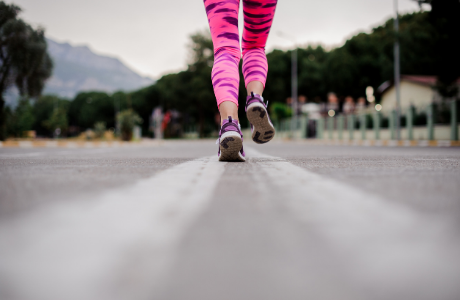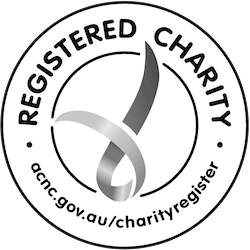I came across an article this week that was published in Psychology Today a while ago. The article highlighted the psychological benefits of having faith. Despite the many voices around today that would decry the importance of religious faith, it is still thriving in many parts of the world – including Australia. One reason for this is that faith is actually good for our physical and psychological health. Psychology Today suggests four main ways this takes place:
1. Faith is a source of hope and optimism
Research in psychology indicates that positive attitudes are good for our health. For example, people who are optimistic about their chances of recovery from major diseases tend to better adhere to medical treatment plans, be less bothered by disease symptoms and have better recovery rates. For many people, their faith is a major source of hope and optimism.
2. Faith promotes feelings of belonging
We humans are social creatures and so meeting our need to belong is good for us. In a world that is leading to increasing isolation through an addiction to so-called “social” media, belonging to a community of people has never been more important. Conversation, prayer, laughter, empathy, hugs and serving are all benefits of belonging.
3. Faith can boost self-esteem
Like optimism, self-esteem has been shown to be a predictor of good physical health. We gain self-esteem from feeling as if we are people of value. Faith can offer a particularly potent and resilient sense of self-worth because God, like a good parent, loves and values us no matter what we do. Many sources of self-esteem (like beauty, success and popularity) are not so reliable.
4. Faith provides answers to many of life’s questions
As intellectual and self-aware creatures, we humans are uniquely able to ask questions like, “Where did I come from?” “Why am I here?” “What is the meaning of life?” “What happens to me when I die?” For people of faith it is not satisfying to accept the possibility that human existence is by chance and people are no more significant or enduring than any other organism. Faith offers meaning, purpose and hope in this life as well as the life to come.
Of course anything good can be counterfeited and so some people, whose faith becomes misguided by being involved with false cults, can experience the “bad side of faith.” But as long as faith is placed in a loving God and expressed in a healthy community of believers, it adds an amazing dimension to life. Jesus referred to it as “abundant life” and expressed clearly that this was His main mission, “I have come that they may have life, and that they may have it more abundantly” (John 10:10). If you haven’t put your faith in Jesus, why not do it now?









